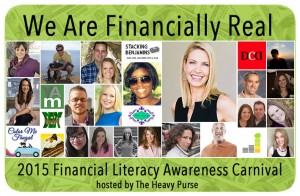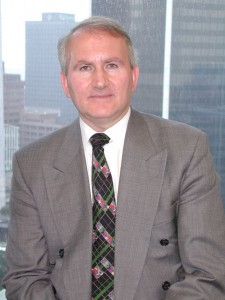 A group of (mostly American) financial blogs and a few international ones have teamed up to create We are Financially Real, part of the 2015 Financial Literacy Awareness Carnival.
A group of (mostly American) financial blogs and a few international ones have teamed up to create We are Financially Real, part of the 2015 Financial Literacy Awareness Carnival.
It’s hosted by Los Angeles-based Certified Financial Planner Shannon Ryan and her website, The Heavy Purse.
As you can see via this link, there’s a nice list of financial blogs participating, including Broke Millennial and its post, The Day I Got Bullish With Money, and many more from blogs like Club Thrifty, Color Me Frugal, Financially Blonde and Reach Financial Independence (now there’s a blog title we can relate to!)

“For the past three years, it’s been my privilege to host a Financial Literacy Awareness Carnival where I gather top finance bloggers to share their stories and motivate readers to become financially literate,” Shannon told the Hub via email, “Money is something every single adult handles, and too few make confident money decisions due to a lack of financial literacy. The mistakes they make, sometimes without even realizing it, have a lasting impact. It’s my hope through the carnival that we inspire readers to get Financially Real with their lives and reclaim their financial power.”
Budget Redux Continue Reading…






